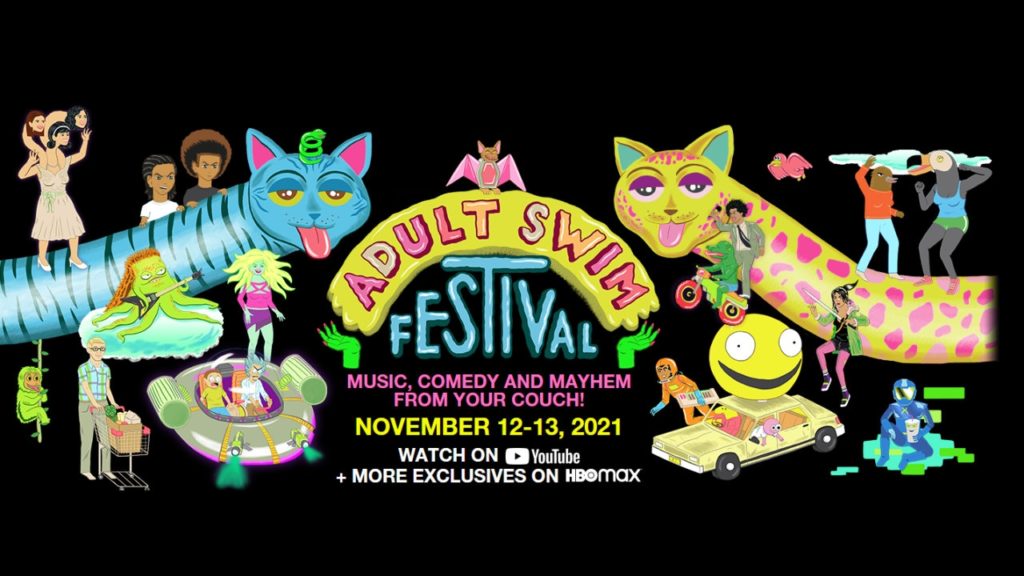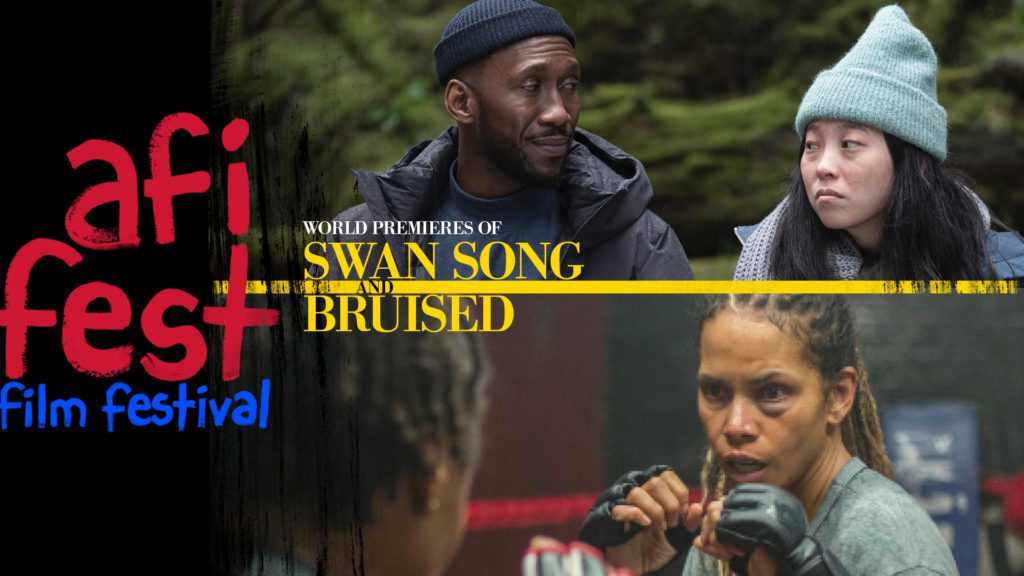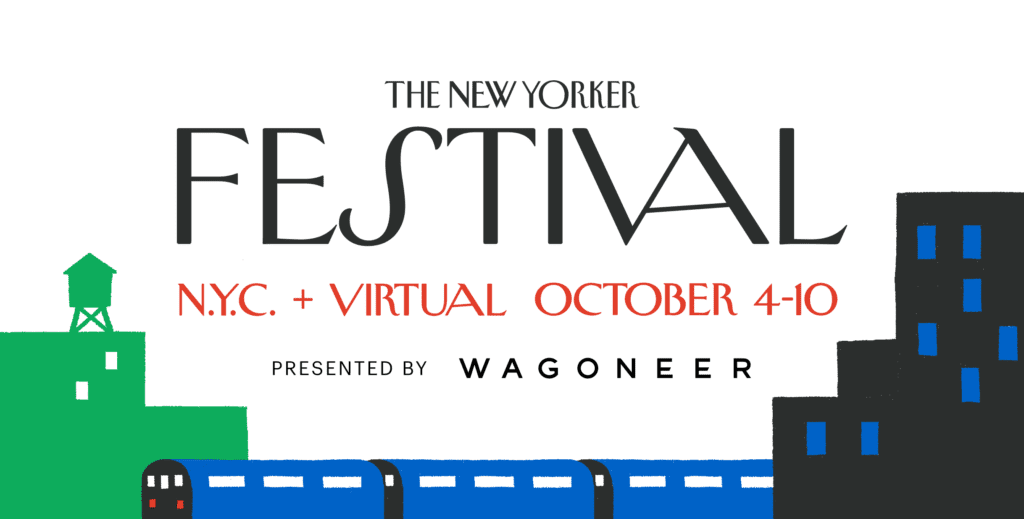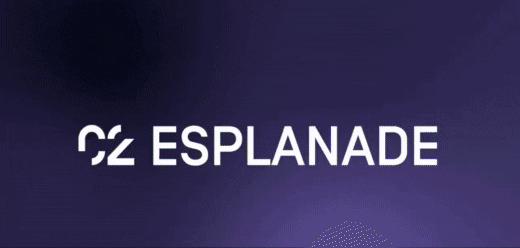Virtual and hybrid events started out with two key goals — no technical difficulties and just making sure everyone had some fun.
But lately, things have gone next level. Organizers are now using virtual and hybrid events to wow attendees with interactive experiences, host one-of-kind presentations, and even create record-breaking revenue. It may sound like the stuff of dreams, but trust us, it’s totally real! To fill you in, these are the coolest ways virtual and hybrid events have evolved this year.

Attendees and presenters have mastered virtual.
A huge difference between now and a year ago is that everyone is more comfortable in the virtual world. We no longer talk over each other, and we know exactly how to use our time on Zoom. We’ve also invested in ring lights, 1080p cameras, and great Wi-Fi.
These are all huge assets to organizers. Now that attendees and presenters are pros in the virtual world, they can all take on a bigger part in the event. We’ve seen this with attendees jumping on screen for Ireland’s virtual St. Patrick’s Day festival, as well as in Marvel’s Virtual Wanda Vision Launch.
But now more than ever is the time to create more virtual participation. People have logged hours and hours in front of the camera time compared, and they instinctively know what works and what doesn’t. All they need now is a bit of your genius creative direction to make tons of amazing content!

Presenters can let loose and try new things.
A recent LA Times article about the 2021 Adult Swim Festival noted that organizers were using virtual to reimagine the kinds of performances possible at events.
“A lot of our artists give nontraditional performances because they’re not held to the big festival stage. They were able to get creative and express themselves and their show in a different way.” Jill King, Senior Vice President of Marketing and Partnership at Adult Swim, said.
We’ve moved on from trying to make a virtual or hybrid event just like an in-person event. The focus now is on embracing the virtual medium and giving people more freedom to express themselves.
Pro-tip: Check-in with your presenters. Ask them if they’ve had any ideas for how to do things differently, and what they would need to make that happen. Chances are they’ve seen lots of the same and have some great ideas to make your event stand out.

Virtual is raising the quality of everything we stream.
This year’s AFI Festival, as well many others, featured virtual premiere screenings of films in 4K, UHD, Dolby Atmos/Vision, and all the best content technologies.
It’s taken a long time for the movie industry to get on board with virtual premiers. But even Dune and Tenet, two marque movies that held out for a year, eventually premiered on HBO Max.
So what does this tell us? It tells us that virtual events are changing the way we consume exclusive, high-resolution content. It’s pushing studios and movie distributors to create the best experiences possible for consumers at home, not just in movie theaters.
Note for organizers: iPhones now record in 4K HDR and Dolby Vision (see the shot on iPhone campaign). Apple also just released spatial audio, which turns earbuds into surround sound. All of this can turn your virtual event into an IMAX experience (well, close to it).

Organizers know how to generate revenue.
The 2021 hybrid New Yorker Festival created almost as much revenue as their 2019 20th anniversary festival and is still selling virtual tickets even a week after the event.
Chief Business Officer of Condé Nast’s culture division tells AdWeek, “With physical events, the amount of space you get is a function of how much you spend, so at some point, you run out […] Whereas, with virtual events, we can create unique experiences that scale, and we can listen to what our partners need and create custom concepts for them.”
In 2021, there’s a lot more data about how to best monetize hybrid and virtual events. Organizers can look at what was streamed most and use that as a guide for how to market the event after it ends. This can even help to plan what kind of event to create in the future.
Virtual and hybrid events will keep evolving in the future, but at least we now have better data and more experience to back up the decisions we make moving forward.

Innovative networking is everywhere
At this year’s C2 Conference, the organizers created a space called the Esplanade, where virtual attendees could literally bump into each other like in real life.
In an interview with BizBash, Julia Cyboran, C2 International’s vice president of content, says, “Online, we pushed it a little bit further. We had spatial networking, which is a little bit of a play from the gaming world where you create your moving head in a virtual space, and you can connect with all kinds of people and meet with them in that more serendipitous fashion.”
This feature in virtual events is the missing puzzle piece for creating virtual experiences that actually feel real. Sundance tried it with a virtual lobby, and Skittish created a lo-fi virtual farm where attendees talked to each other as virtual animals, but it’s all still in development.
The gamification and the serendipity are there. As events continue to evolve, organizers will come up with new ways to make virtual feel real.
Pro-Tip: You don’t need 3D, VR, or a fancy app to be interactive. Attendees can meet spontaneously in breakout rooms or on random event group chats. It’s just about creating new ways for people to bump into each other.
Virtual and hybrid events are changing for the better
All signs show that virtual and hybrid events will keep getting more fun and more impactful.
Attendees are ready to jump into the event world with newfound virtual confidence. Presenters think out of the box rather than trying to recreate in-person performances. And there’s plenty of data from past events to help organizers decide what to create. Big picture, virtual and hybrid events are only getting better next year.


